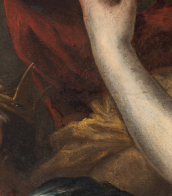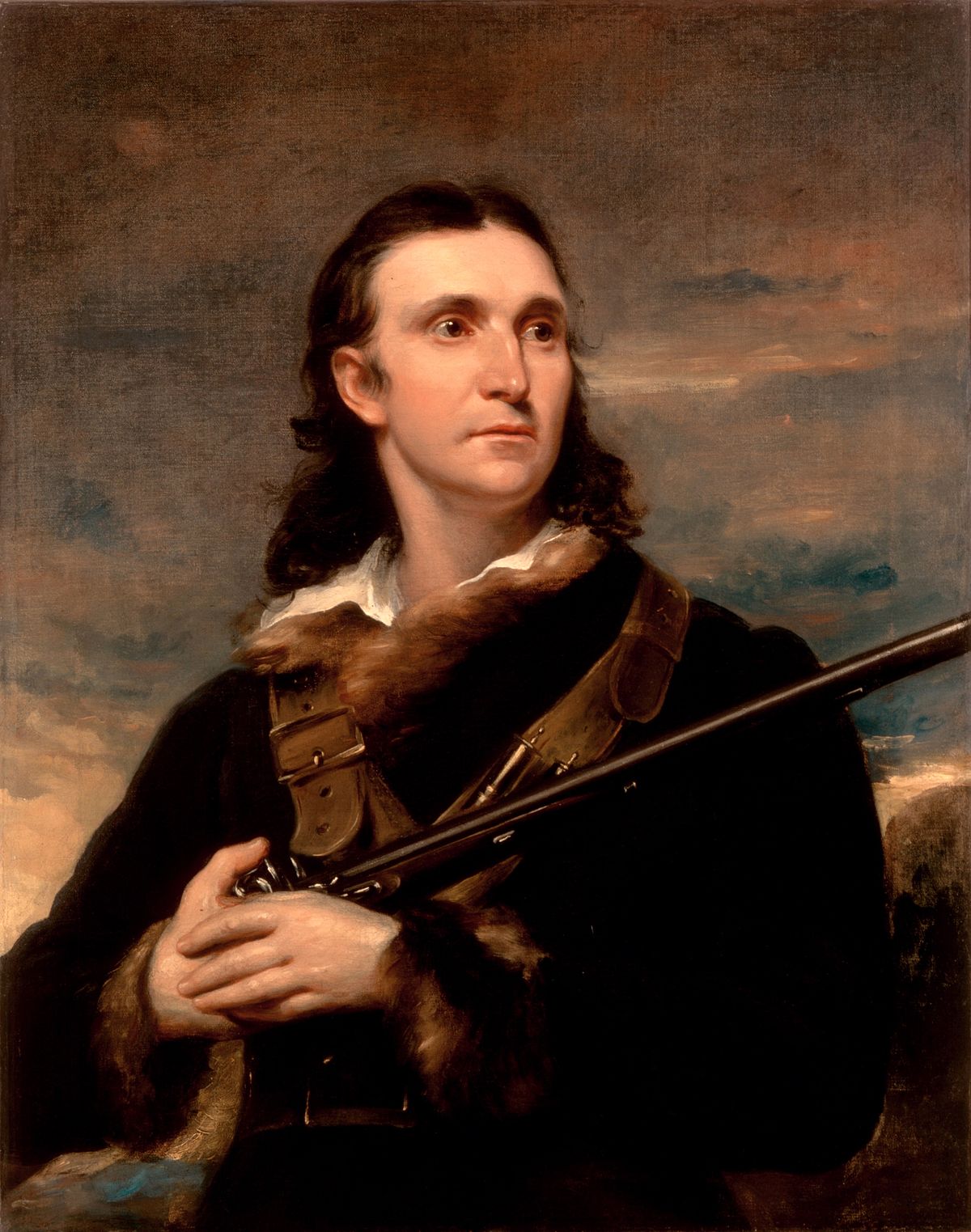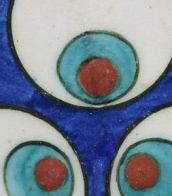nus

Hermannus Collenius was a Dutch Baroque painter.
The portraits of Hermannus Collenius were characterised by classical elegance and an emphasis on the facial features and clothing of the portrayed subject. The painter often portrayed his sitters according to the latest fashions, which contributed to the popularity of his portraits among the fashionable elite.




Marinus Adrianus Koekkoek was a 19th-century Dutch landscape and marine painter.


Marinus Adrianus Koekkoek was a 19th-century Dutch landscape and marine painter.


Marinus Adrianus Koekkoek was a 19th-century Dutch landscape and marine painter.


Augustine of Hippo (Latin: Aurelius Augustinus Hipponensis), also known as Saint Augustine, was a theologian and philosopher of Berber origin and the bishop of Hippo Regius in Numidia, Roman North Africa. His writings influenced the development of Western philosophy and Western Christianity, and he is viewed as one of the most important Church Fathers of the Latin Church in the Patristic Period.
Augustine is recognized as a saint in the Catholic Church, the Eastern Orthodox Church, and the Anglican Communion. He is also a preeminent Catholic Doctor of the Church and the patron of the Augustinians.


David Blaesing was a German mathematician and astronomer.


Marinus Adrianus Koekkoek was a 19th-century Dutch landscape and marine painter.


Caelius Aurelianus was a Greco-Roman physician and theorist of medicine, representative of the Methodist school, and author of treatises on medicine.
He is best known for his translation from Greek into Latin of Soranus of Ephesus' lost treatise On Acute and Chronic Diseases. The bilingual and intercultural nature of the text makes it an invaluable contribution to the study of Greco-Roman medicine.

Louis Jérôme Raussin was a French physician and bibliophile who lived in Reims.


Augustine of Hippo (Latin: Aurelius Augustinus Hipponensis), also known as Saint Augustine, was a theologian and philosopher of Berber origin and the bishop of Hippo Regius in Numidia, Roman North Africa. His writings influenced the development of Western philosophy and Western Christianity, and he is viewed as one of the most important Church Fathers of the Latin Church in the Patristic Period.
Augustine is recognized as a saint in the Catholic Church, the Eastern Orthodox Church, and the Anglican Communion. He is also a preeminent Catholic Doctor of the Church and the patron of the Augustinians.


John James Audubon was a French-American ornithologist and painter, renowned for his groundbreaking illustrations of American birds. Born in 1785 in Les Cayes, Saint-Domingue (now Haiti), Audubon is remembered for his keen observation skills and innovative artistic techniques.
Audubon's most famous work, "The Birds of America," transformed the field of ornithology by presenting birds in lifelike poses and detailed backgrounds. Published between 1827 and 1838, it contained 435 hand-colored engravings, showcasing over 489 bird species. His unique approach to illustrating birds in their natural habitats was a departure from traditional methods, which often portrayed birds in rigid poses.
Audubon used a wire armature to position freshly-killed specimens, allowing him to depict birds with a sense of movement and vitality. This innovative technique was truly revolutionary and set him apart from his contemporaries. Additionally, Audubon's artistic skill and attention to detail made his illustrations highly sought after, with surviving copies of "The Birds of America" considered valuable collectibles today.
For art collectors and enthusiasts, Audubon's work continues to be a source of inspiration and admiration. His legacy endures through his contributions to ornithology and the art world, with museums and galleries showcasing his work. If you're interested in learning more about John James Audubon and his famous illustrations, consider subscribing to our newsletter for updates on new product sales and auction events related to his work.




































































